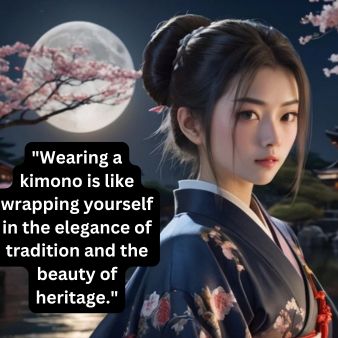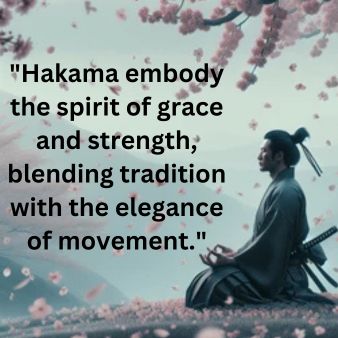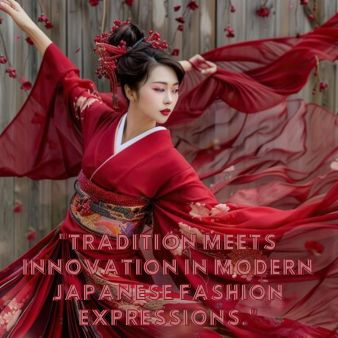
“Elegance of Japanese Traditional Attire”
Japanese traditional fashion is a rich tapestry that reflects the country’s history, culture, and artistry. Rooted in centuries of customs, these garments are not just clothing but also symbols of identity, occasion, and aesthetic values. The most recognizable traditional attire includes the kimono, yukata, and hakama, each with unique characteristics and significance.
The Kimono: An Iconic Symbol
The kimono is perhaps the most iconic representation of Japanese traditional fashion. Its name translates to “thing to wear,” and it is characterized by its T-shaped, straight-lined structure, wide sleeves, and a wrap-around design. Traditionally, kimonos are made from silk, cotton, or synthetic fibers, with intricate patterns and colors that often hold cultural meanings.

Types of Kimonos
Kimonos come in various styles, each suited for different occasions. For instance:
- Furisode: A formal kimono worn by young, unmarried women, featuring long, flowing sleeves. It is often worn during ceremonies such as Coming of Age Day.
- Tomesode: This type is worn by married women and has shorter sleeves. It is usually more subdued in color and often features elegant patterns at the hem.
- Yukata: A casual summer kimono made of cotton. It is often worn at festivals and fireworks displays, providing a lighter and more breathable option during warmer months.
The Yukata: Summer Comfort
The yukata is a simple and comfortable garment typically worn during the hot and humid summer months. Unlike the kimono, the yukata is made from cotton, making it more breathable and easier to care for. The design is less formal, often featuring bright colors and bold patterns, which add a festive flair to summer events.
During summer festivals (hanabi), people often wear yukata, which creates a vibrant atmosphere filled with tradition and celebration. The yukata is usually accessorized with an obi (sash) and sometimes paired with traditional wooden sandals called geta.

Hakama: Traditional Formality
Hakama are pleated trousers that can be worn over a kimono. Traditionally, they are associated with formal occasions and are often worn by men and women during ceremonies such as weddings, graduations, and martial arts practices. The hakama has a unique design that features seven pleats, representing the virtues of sincerity, courage, benevolence, politeness, honor, loyalty, and wisdom.
Men typically wear hakama with a kimono, while women may wear a long-sleeved kimono underneath. The combination of hakama and kimono highlights the balance between elegance and practicality in Japanese traditional fashion.
Materials and Patterns
The materials used in traditional Japanese clothing vary widely and are chosen based on the garment’s purpose and the season. Silk, with its luxurious texture, is commonly used for formal kimonos, while cotton is favored for casual wear like yukata. The craftsmanship involved in creating these garments is remarkable, with many items being handmade and featuring detailed embroidery or dyeing techniques such as shibori (tie-dyeing).
Patterns hold significant cultural meaning in Japanese fashion. For example, motifs like cherry blossoms (sakura) symbolize the transient nature of life, while cranes are associated with longevity and good fortune. Seasonal patterns are also prevalent, reflecting the beauty of nature throughout the year.
Accessories: Completing the Look
Accessories play a crucial role in traditional Japanese fashion, enhancing the overall aesthetic and cultural significance of the attire. Key accessories include:
- Obi: The wide belt that holds the kimono or yukata in place. Obi come in various styles, with different knots and designs that can convey formality or casualness.
- Obijime: A decorative cord that ties the obi, often embellished with intricate patterns or beads.
- Geta and Zori: Traditional footwear that complements the outfit. Geta are elevated wooden sandals, while zori are flat sandals made from rice straw or synthetic materials.
- Hana Kanzashi: Hair ornaments made of silk flowers, often worn by women to add elegance to their hairstyle during special occasions.
Cultural Significance
Japanese traditional fashion is deeply intertwined with cultural practices and rituals. For example, the act of dressing in kimono involves specific steps that reflect respect for the garment and the heritage it represents. Wearing traditional clothing is often reserved for special occasions, such as weddings, tea ceremonies, and festivals, allowing individuals to connect with their cultural roots.
In recent years, there has been a resurgence of interest in traditional attire, particularly among younger generations. Events like kimono fashion shows and workshops are increasingly popular, allowing people to experience and appreciate the craftsmanship and cultural significance behind these garments.

Modern Interpretations
While traditional fashion remains vital, contemporary Japanese designers are reinterpreting these styles for modern audiences. Blending traditional elements with modern aesthetics has given rise to innovative fashion that respects heritage while embracing contemporary trends. This fusion is evident in various street styles seen in urban areas like Harajuku, where traditional garments are paired with modern accessories for a fresh look.
Conclusion
Japanese traditional fashion is a beautiful and complex blend of history, artistry, and cultural significance. From the elegant kimono to the casual yukata and formal hakama, each garment tells a story that connects the wearer to Japan’s rich heritage. As interest in these traditions continues to grow, the essence of Japanese fashion remains alive, adapting and evolving while honoring its roots. The beauty of traditional attire lies not only in its visual appeal but also in the deep meanings and connections it fosters within individuals and communities.















